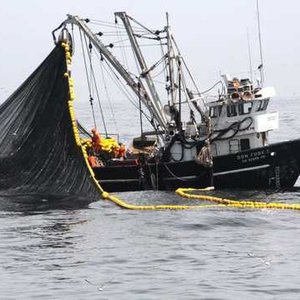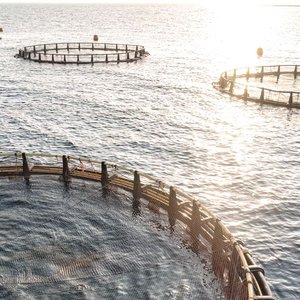Aquasta natural astaxanthin approved for salmon and trout feed in the EU
At the June 2007 meeting of the EU’s Standing Committee on the Food Chain and Animal Health (SCFCAH), a vote was taken to approve Aquasta natural astaxanthin for use in salmon and trout feed for flesh pigmentation.
This follows on from the earlier positive evaluation by the FEEDAP panel and the European Food Safety Authority (EFSA) of the safety and efficacy of Aquasta. Following translation and publication in the European Journal, the EU aquaculture industry will have the opportunity of using a cost effective natural pigment for salmon and trout.
“This is an important milestone in our effort to create a global business. Aquasta has been on the market for several years already in Chile, Canada and the US and consumer trends towards more natural foods have been positive for us. We believe there are customers in Europe who have been eagerly awaiting this decision by the SCFCAH” said Peter Castelli, President of Astaxanthin Partners Ltd., the producers of Aquasta.
Aquasta astaxanthin is natural because it is made by Phaffia rhodozyma yeast, a living organism that is found in nature. The yeast is grown in large tanks using traditional fermentation techniques, similar to those that might be used for other food products eg. beer. The process uses renewable ingredients such as cane sugar, corn and wheat, making Aquasta a sustainable product.
Astaxanthin is an important nutrient for salmonids, as well as imparting the characteristic orange-pink colour to the flesh of the fish. In the wild, salmon obtain a natural source of astaxanthin from their diet of crustaceans which in turn feed upon carotenoid producing algae and plants. A renewable source of natural astaxanthin such as Aquasta® can contribute to reducing the pressure on scarce ocean resources and help support future growth of the salmon farming industry.
Aquasta is in the same isomeric form as the astaxanthin found in Antartic krill and as a free non-esterified form it is absorbed very efficiently. This is enhanced by the high bioavailability of Aquasta which is typically around 90% due to the unique natural enzyme process employed to crack the yeast cell wall.
Extensive testing at leading aquaculture research facilities and through commercial use has consistently proven its performance relative to the alternative pigments. Unlike the synthetic options, Phaffia based astaxanthin is also an acceptable way of pigmenting salmon for a number of leading organic certification bodies operating in the aquaculture sector.
“We are excited at the prospect of launching Aquasta to European producers and think we can help farmers to differentiate their salmon and trout offerings and better meet the needs of distribution partners and consumers” said Robert Hodson, Vice President Sales & Marketing for Astaxanthin Partners.
Aquasta is marketed by Astaxanthin Partners Ltd., a 50:50 joint venture formed in 2003 between Tate & Lyle PLC and Igene Biotechnology, Inc. Astaxanthin Partners will be exhibiting at Aqua Nor, the international aquaculture show in Trondheim, Norway from 14th-17th August at stand B-101. Or for more information contact Robert Hodson









